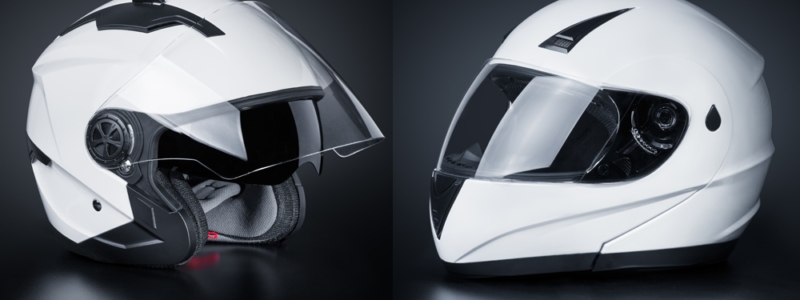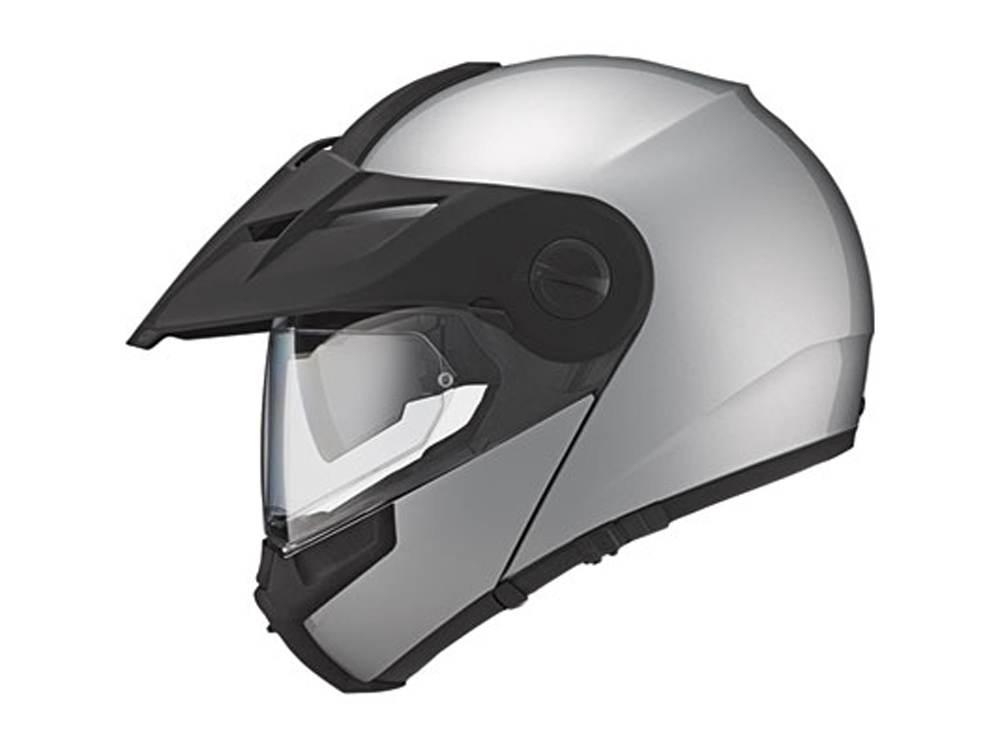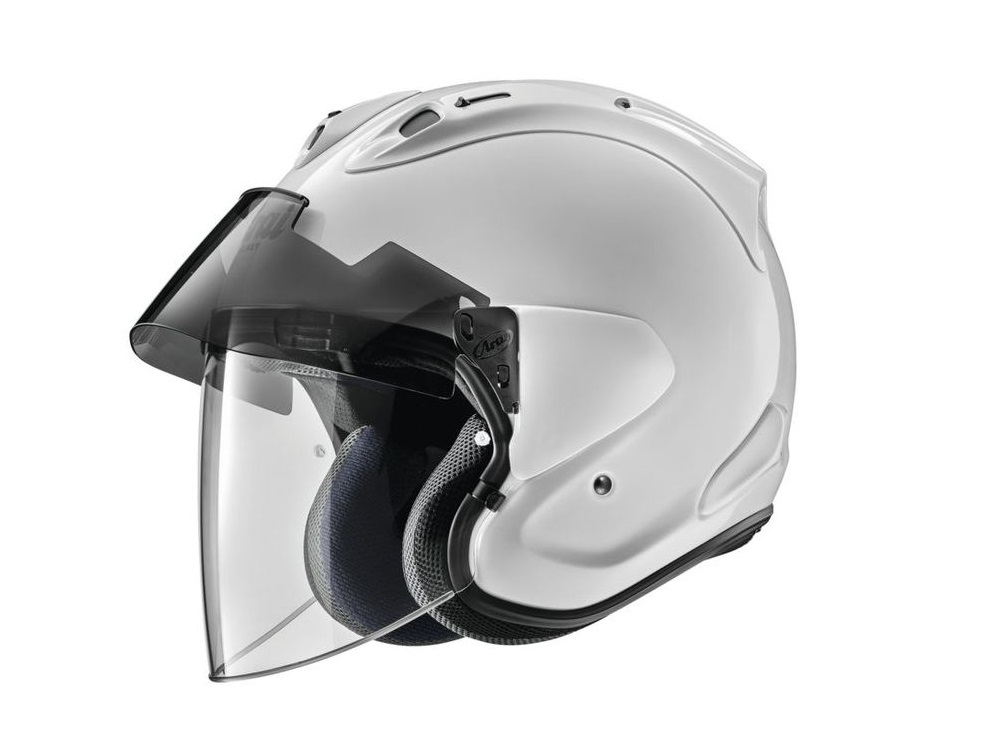How to Choose a Proper Motorcycle Helmet and the Tradeoffs Between Full Face and Open Face Motorcycle Helmets

With so many models and designs to choose from, it can be a frightening process when buying a new bike helmet. Most of the time, you may not even know which sort of helmet you want. Therefore, we’ve compiled some recommendations so you can buy a helmet that will fit you perfectly.
The first thing you need to do when buying a helmet for your safety is to check its fit by examining how much it shifts when you try it on. With a little bit of strain on your face and scalp, a well-fitting helmet will only shift minimally.
If it’s too large, it’ll slip as you shake your head. If the helmet is too tiny, it will not fit correctly on your head and could actually be so small that it could restrict the flow of blood to your brain… and, uh, restricting the blood flow to your brain is a bad thing in general and particularly bad when driving a motorcycle.
Lastly, if by chance you have a helmet used to fit well but seems to be looser than it used to be, there are aftermarket cheek pads and liners that can be added to guarantee a proper fit of a used helmet.
Secondly, you need to keep in mind the type of helmet design that will have the level of safety you are looking for and also be have a style you prefer. Primarily, there are two types of motorcycle helmet designs: full face and open face.
Full Face Motorcycle Helmets

The full-face motorcycle helmet is designed to be the safest of all forms of motorcycle headwear for road riding, providing full protection and support from the head to the neck area. It’s an excellent choice for lengthy or unexpected rides. The chin bar is one of the most distinguishing elements of a full-face helmet.
This is no small issue as the most common helmet impact area during a motorcycle accident is the chin region. This feature is useful since, according to numerous studies, the chin and jaw are affected in around 35 percent of motorcycles…
keep this factor in mind when you are balancing your desire for the helmet to provide you safety and your desire to get a helmet that looks “cool.”
Open Face Motorcycle Helmets

In terms of safety in the covering regions of the head, open face helmets are structurally equivalent to full-face helmets in all but the lower facial areas (chin, mouth, etc.). Owing to the lack of a chin bar, the helmet weighs somewhat less than a full-face helmet, although the difference isn’t substantial.
Furthermore, due to the openness of the helmet, it does not protect against the weather or road debris that can get under a face shield or sunglasses (if you use such protections when wearing an open face helmet). Some of these helmets come with a partial or full-face visor to shield your eyes and face from the sun; for others, you need to purchase this component separately.
And, if you choose not to use a face shield, you would really be taking a big chance at eye injury if you don’t at least wear some type of eye protection (sunglasses, goggles, clear safety glasses, etc.) This is because it is not uncommon for motorcycles to be traveling down the road at 50+ MPH and the riders get hit by bugs…
Imagine a bug hitting your eyeball at 50+ MPH and you should definitely be compelled to wear something to protect your fragile and critical vision … not to mention, the wind alone will make the ride unpleasant to unbearable for you and/or the passenger.
Hopefully, these helpful tips will assist you in determining which type of helmet will give you the most protection and the tradeoffs between full-face and open-face helmets.
